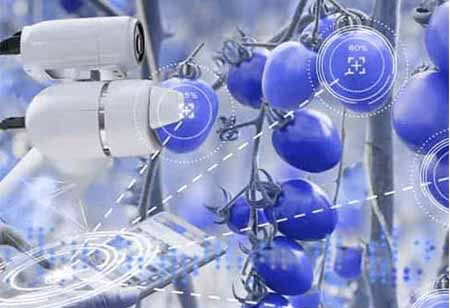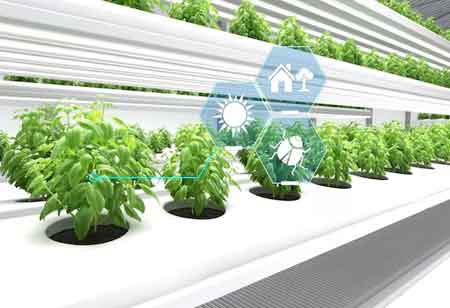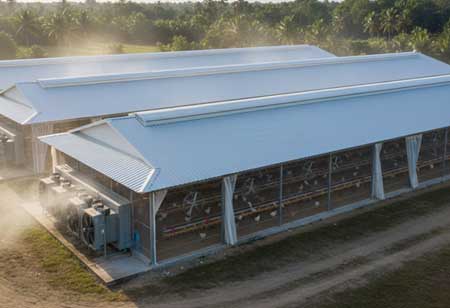Thank you for Subscribing to Agri Business Review Weekly Brief
Precision Farming and Big Data Analytics
Today's farmers spend less time in the field and more time in front of screens.

By
Agri Business Review | Thursday, July 11, 2024
Stay ahead of the industry with exclusive feature stories on the top companies, expert insights and the latest news delivered straight to your inbox. Subscribe today.
The agricultural industry pivots quickly towards precision farming, with big data opening the doors to numberless planting and harvesting insights.
FREMONT, CA: Today's farmers spend less time in the field and more time in front of screens. As rising IoT technologies reshape modern agriculture, more data and insights are being collected from myriad sensors to allow smart farming methods.
Moisture levels & other soil variables are measured, equipment and crops are distantly monitored, and drones serve real-time field analysis—agriculture technology is digitizing the field with a surplus of opportunities to make farming better and more efficient. With rising pressure to feed an increasing population sustainably, coupled with climate change and other environmental challenges, the acceptance of big data analytics in agri-tech is releasing new ways to "grow more using less."
The driving force of this booming industry is the huge amounts of data being gathered from the ground up. Data informs decision-making at all levels in this highly unpredictable environment governed by nature.
But it's hard to quantify the true value of agri-data as its potential effect extends far beyond global food chains. For background, the global agriculture analytics market size is awaited to increase from $800 million in 2020 to $1.4 billion by 2025, a rise of 75% per forecasters at Markets and Markets. With abundant data being generated, industry players must learn to utilize it effectively to innovate and increase productivity.
What's clear is the enormous value in agriculture data for farmers and farm-concentrated original equipment manufacturers (OEMs) watching to capitalize on these insights and answer many of the industry's greatest challenges.
Growth of opportunities for OEMs
The heir of the "industrial farming" movement is also called the "big data revolution." It is driven by the digitalization of farming practices, including autonomous vehicle fleets, advanced IoT sensors, and data-driven analytics. How can agricultural machinery manufacturers exploit this data to take farm productivity and profitability to the next level? To effectively navigate the disruptions to end-to-end farm management systems, they must be ahead of the shift from hardware to software. Leveraging Cubic Telecom's linked software technology enables OEMs to revitalize and create new revenue models through IoT data—gaining more consistency in one of the world's most erratic industries.
From 'big data' to 'smart data.'
Consider that the average farm produces an estimated 500,000 data points per day, which will grow to 4 million by 2036, As per tech giant IBM. Forecasts expect around 12 million agricultural sensors will be installed globally by 2023. As a result, the agricultural industry pivots quickly towards precision farming, with big data opening the doors to numberless planting and harvesting insights.
With access to abundant agronomic data, trends can be grouped, risks can be assessed, and yields can be increased. In addition, this data provides OEMs and their customer's unprecedented visibility into their operations. For instance, Cubic Telecom plays a major role in transforming CNH Industrial's agricultural capabilities, enabling remote data management on their terrain and machines.
Field-to-fork solutions
About a third of total food generated for human consumption is never eaten, and this wastage has a major impact on climate change, per the UN. It also emphasizes the intense pressure facing the agriculture industry, which must produce 60% more food to supply almost 10 billion humans by 2050.
Evolving new technologies that allow intelligent precision agriculture is vital. With granular data on soil health, real-time weather patterns, air temperature, pesticides, and fertilizer requirements, along with any-time intervention technologies, food can be produced intelligently. By combining big data with cloud computing, an ecosystem emerges that provides agricultural participants strategic access to refined insights and the ability to scale at pace.





